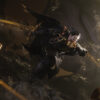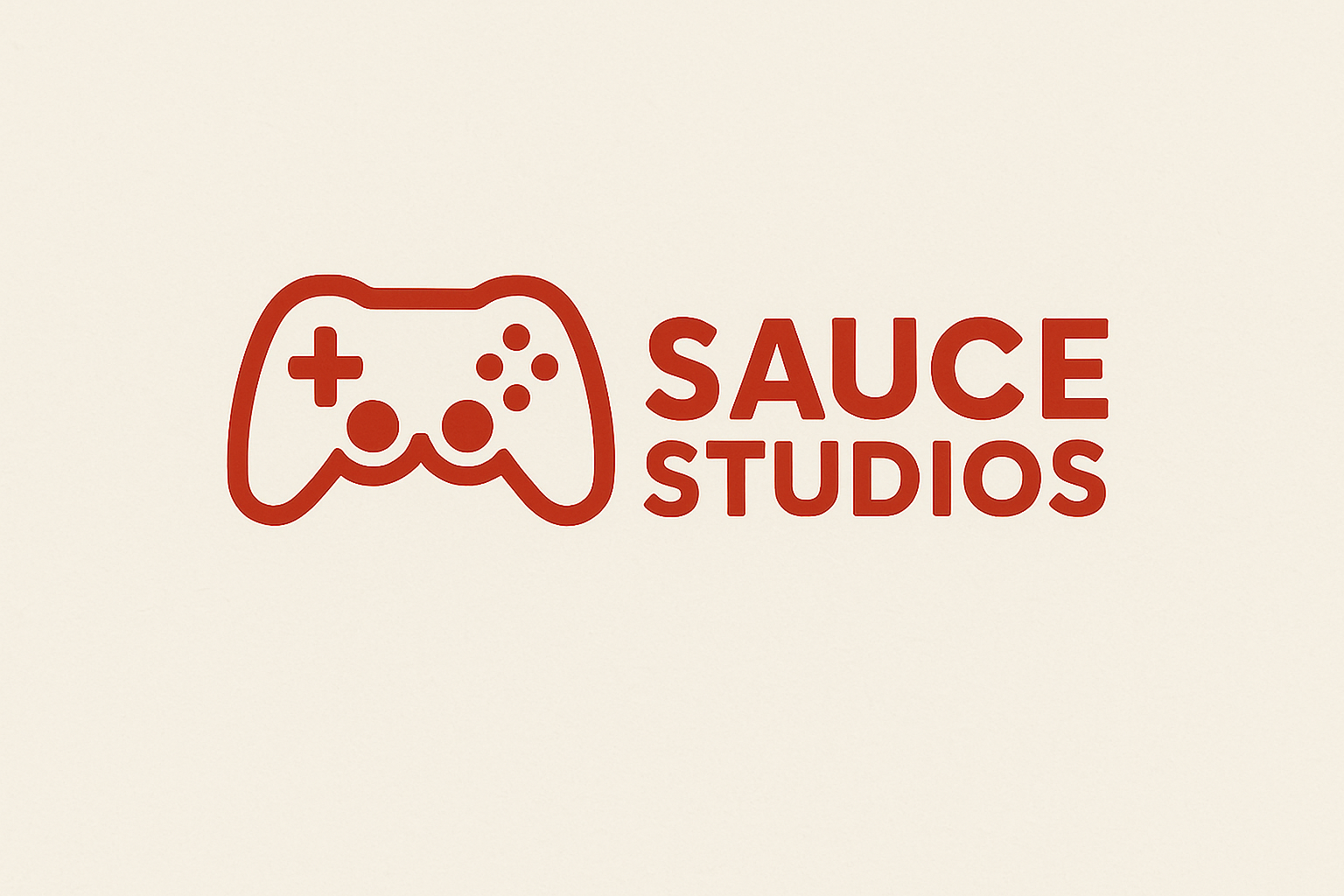Ever play a game that takes a mechanic so simple you wonder why nobody has done it before, then builds an entire experience around it? Flick Shot Rogues is that game. At first glance, it looks like a quirky indie roguelike with a gimmick. But after hours of bouncing my way through its dungeons, I can say it’s more than a novelty it’s a fresh spin on the genre that balances chaos, strategy, and those “one more run” hooks that roguelike fans crave.
The core idea is as straightforward as it sounds: plan, aim, and flick your hero across the board, slamming into enemies, ricocheting off walls, and triggering explosive chain reactions. But behind that simplicity is a surprising amount of depth. Positioning matters, momentum matters, and even a small miscalculation can mean the difference between a glorious combo and a premature death.
Gameplay in Motion


At the heart of Flick Shot Rogues is its flick mechanic, and it’s one of the most satisfying I’ve seen in a roguelike. Each move is essentially a shot: you pull back, angle your trajectory, and let go. Your character rockets across the arena, colliding with whatever is in the path. Sometimes that’s a group of enemies you knock into each other like billiard balls. Other times, it’s a wall bounce that sets you up for the next turn.
What surprised me most is how strategic it feels. Because movement and attacks are the same action, every flick carries weight. Do you line up a safe shot to chip away at enemies, or gamble on a wild ricochet that could wipe out half the room? That tension makes even routine encounters exciting. And when you nail a perfect shot bouncing through two enemies, hitting a barrel that explodes into another group, and finishing with a clean landing out of harm’s way it feels incredible.
Progression follows the roguelike staples. Each run takes you across a branching island map filled with battles, shops, rest spots, and events. Enemies reshuffle with every attempt, ensuring no two journeys feel the same. Along the way, you’ll collect relics, talents, and curses that can completely change the way your flicks play out. One relic might add splash damage to every impact, while a curse could shorten your movement distance but boost damage. These interactions can turn an ordinary run into a chaotic playground of physics-based destruction.
That said, the randomness can be both exhilarating and frustrating. When synergies click, the game feels like controlled chaos in the best way. But when the items don’t line up, or curses feel more punishing than empowering, some runs struggle to find momentum. It’s a familiar problem in roguelikes, but it’s felt more sharply here because so much depends on physics and positioning.
Atmosphere, Style, and Feel


Presentation plays a huge role in making Flick Shot Rogues work. The visuals are clean and colorful, with just enough flair to keep things lively without overwhelming the action. Enemy designs are clear, environments are readable, and the flick animations give every collision a satisfying sense of impact.
The audio deserves a mention too. Collisions land with a crunchy thud, barrels explode with a gratifying boom, and enemies let out little bursts of feedback when hit. These touches sell the physicality of the game, giving each flick a tactile punch that never gets old.
The pacing is brisk. Unlike some slower, grind-heavy roguelikes, Flick Shot Rogues throws you right into action. Runs are tight, averaging 20–40 minutes, which makes it dangerously easy to chain attempts back-to-back. On Steam Deck and handheld devices, it feels especially at home quick bursts of gameplay punctuated by satisfying physics.
But not everything lands perfectly. The lack of clear damage indicators can be an issue. Enemies sometimes go down faster than expected, or hang on with more health than you assumed, making planning feel inconsistent. In the heat of a run, that uncertainty can lead to flicks that feel more like guesswork than strategy. It’s not game-breaking, but it can break immersion, especially in later stages where mistakes are costly.
Strategy Meets Chaos


What makes Flick Shot Rogues stand out is how it merges chaos with tactical play. The game bills itself as turn-based, and that’s accurate you flick, enemies react, then it’s your turn again. But unlike a grid-based roguelike where turns feel methodical, this one thrives on momentum and improvisation.
Every shot is a calculated move, or we hope it be. You can plan the angle, visualize the ricochet, even predict enemy movement, but the physics engine still leaves room for surprises. Sometimes that surprise is glorious an enemy you weren’t even targeting gets knocked into a trap. Other times, it’s disastrous you bounce the wrong way and land in a cluster of foes. That unpredictability gives the game its energy.
Layered on top of this are the game’s talents and curses, which dramatically affect how you play. Talents can turn your hero into a wrecking ball, chaining attacks together with devastating effect. Curses, meanwhile, push you into uncomfortable strategies. One curse might reduce your health pool but grant extra damage, forcing you into high-risk, high-reward play. Another might make you deal splash damage to yourself, daring you to line up risky shots with surgical precision.
These modifiers ensure that no two runs feel the same. Sometimes you’ll play cautiously, threading shots like a billiards pro. Other times you’ll lean into chaos, turning the battlefield into a pinball machine of explosions. That constant reshuffling keeps the game feeling fresh.
The Road Ahead
The good news is that Flick Shot Rogues has a strong foundation, and its weaknesses feel solvable. A bit more transparency with damage numbers or enemy health could go a long way toward smoothing out the learning curve. And while the curse system adds great risk/reward tension, some curses lean too punishing, turning what should be an exciting gamble into a dead run. A little tuning here would help balance the highs and lows.
Even with these quirks, I kept coming back. The flick mechanic is just that fun. It scratches the same itch as lining up a perfect pool shot or watching dominoes fall in sequence. Combined with roguelike progression, it’s a loop that stays engaging run after run.
At $14.99, the price feels fair for what’s on offer, especially given the replay value. And with ongoing updates likely, it wouldn’t surprise me if the game evolves into an even tighter package over time.




